
Explore James I's 'great hall', completed in 1622 as a venue for extravagant entertainment
Banqueting Hall highlights
The enormous double-cube proportions of the hall were designed to impress, and to reflect the magnificence of the Stuart king. Inigo Jones had created his own version of an ancient Roman basilica, where James I was to sit enthroned in state, just like an Emperor.
Inigo Jones’ carved and gilded ceiling frames the huge canvases painted by Rubens. The carved ceiling is made from timber, jointed and pieced together. It is a huge construction, supported by the walls of the Banqueting House. Inigo Jones’ design for the ceiling was influenced by some of the impressive carved ceilings that he saw in Venice. The white paint on the carved ceiling was added in 1964, but Ruben’s paintings were originally framed with a walnut-tree brown colour and lots of gilding.
A wall painting of masks and garlands can be seen beneath the ceiling. This reflects the carved frieze of the same design outside the building, and relates to the original function of the Banqueting House as a venue for masque performances.
The gilded capitals, which seem to ‘support’ the ceiling are carved in stone and are richly gilded with pure gold leaf. They are important survivals of Inigo Jones’ original construction, as all of the capitals on the outside of the building were replaced in the nineteenth century.
Rubens’ Ceiling
This unique masterpiece by Sir Peter Paul Rubens was installed in the Banqueting Hall in 1636. It is the only surviving in-situ Rubens ceiling painting.
When
Open for guided tours on specific dates
Ticketing information
Included in palace admission (members go free)
Buy Banqueting House ticketsThe history of the Banqueting Hall
Inigo Jones’ Banqueting Hall was intended to house masques - grand theatrical performances which celebrated the reign of the Stuart monarchs. It was also the setting for important ambassadorial receptions and grand feasts, as well as royal ceremonies, such as dispensing Maundy money and ‘Touching for the King’s Evil’.
Charles II was restored to the Throne in a ceremony in the Banqueting Hall, over 11 years after his father, Charles I, had been executed just outside.
William of Orange and his wife Mary Stuart were read the Bill of Rights in February 1689 in this room, before they jointly accepted the crown. In 1698 the rest of Whitehall Palace burnt down, leaving only the Banqueting House. William III, Mary’s widower, ordered that the Banqueting House be saved from the fire. Adjacent buildings were demolished and windows bricked up, to stop the flames from spreading.
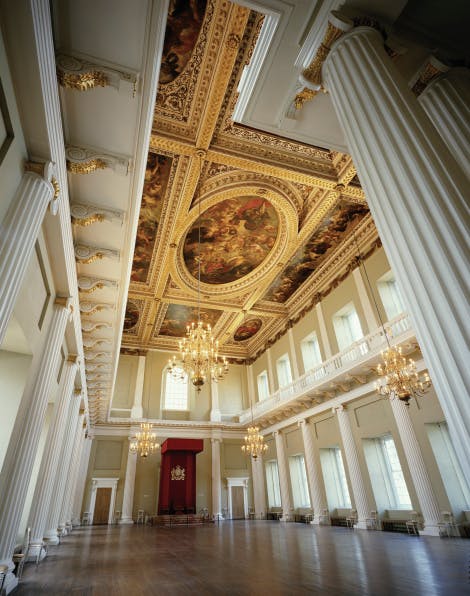

A Chapel Royal
Following the fire, the hall underwent refurbishment as the main Chapel Royal. The altar was at the north end, and a royal pew was placed opposite at the south end, where the replica throne is today.
Even when the Chapel Royal moved to St James’s Palace, the hall served as a chapel for preaching and public ceremonies. In 1809 the building became a military chapel, where up to 2,000 soldiers took part in a service.
After the 1830s sumptuous velvet swags hung between the pillars and pew boxes ran down the long sides of the hall.
The Museum
In 1895 Queen Victoria granted the building to the Royal United Services Institution to use as a museum. Cases full of military curiosities were crammed into the hall while banners hung from the ceiling. The Banqueting House was restored to public ownership in 1964, cleared of museum cases, and is cared for today by Historic Royal Palaces.
EXPLORE WHAT'S ON

- Things to see
Rubens ceiling
Marvel at Sir Peter Paul Rubens' ceiling in its original setting of Inigo Jones' spectacular Banqueting House.
- Open for guided tours on specific dates
- Banqueting House
- Included in palace admission (members go free)
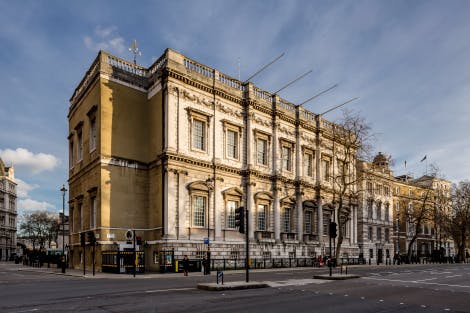
- Things to see
Charles I’s execution site
Walk in the footsteps of the condemned King and stand on the spot of Charles I's execution, just outside Banqueting House.
- Open for guided tours on specific dates
- Banqueting House
- Included in palace admission (members go free)

- Things to see
Inigo Jones' architecture
Find out what remains of Whitehall – known as one of the first examples of Palladianism in British architecture.
- Open for guided tours on specific dates
- Banqueting House
- Included in palace admission (members go free)
BROWSE MORE HISTORY AND STORIES
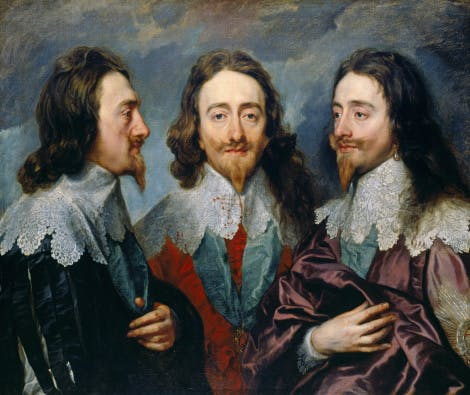
The execution of Charles I
Tried and sentenced to death for high treason
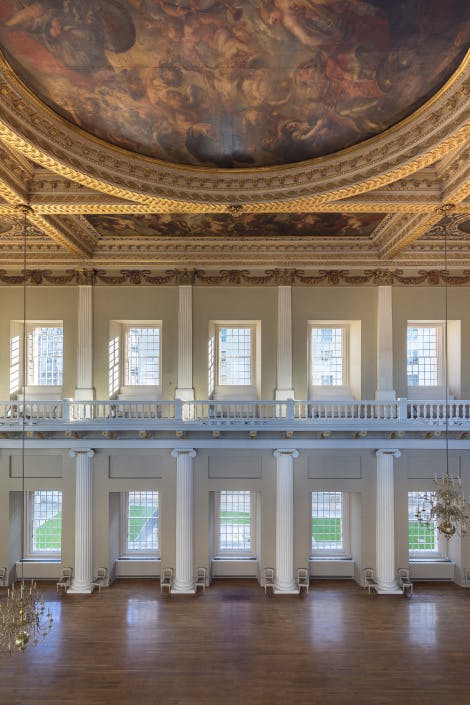
The Rubens ceiling
The crowning glory of the Banqueting House

The masque
A fabulously extravagant early 17th century court entertainment
Shop online

Shop Banqueting House Gifts
Our wonderful collection of gifts and souvenirs are all inspired by the Banqueting House.
From £4.00
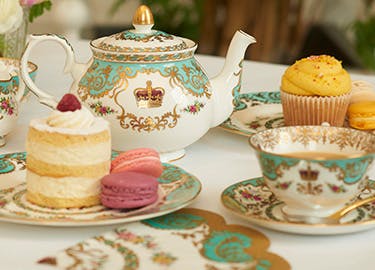
Shop food & drink
Feast your eyes on our wonderful selection of food inspired by our royal kitchen. Shop chocolates, preserves, jam, chocolate coins and the finest liqueurs.
From £4.00
